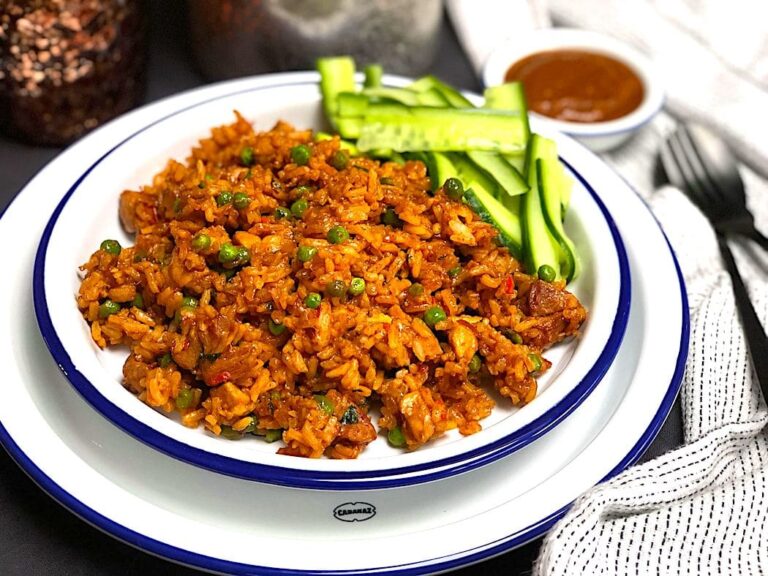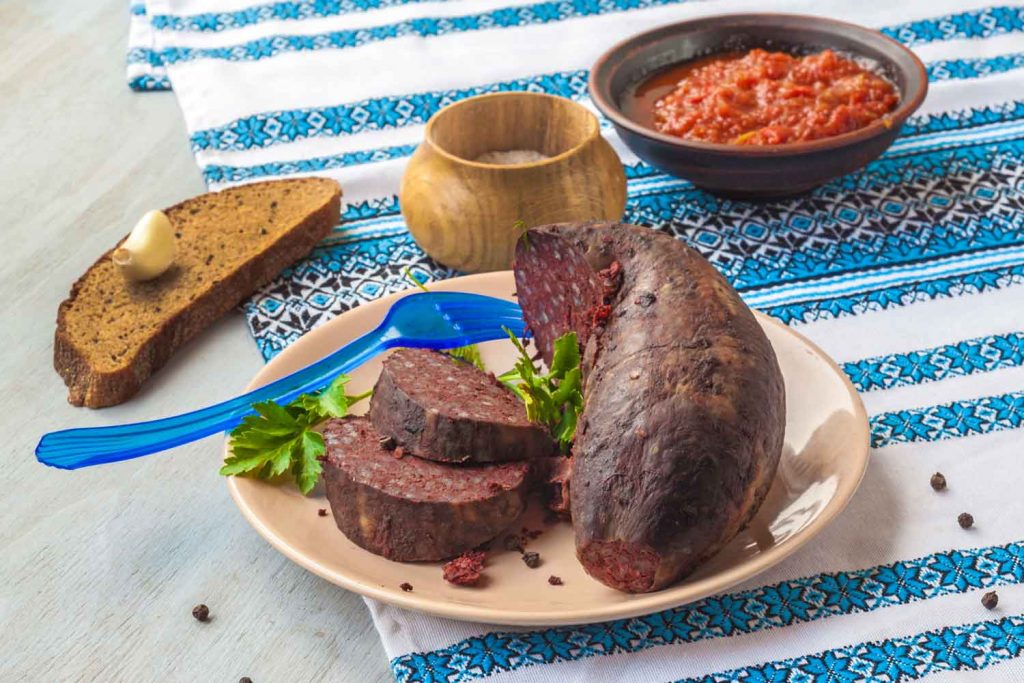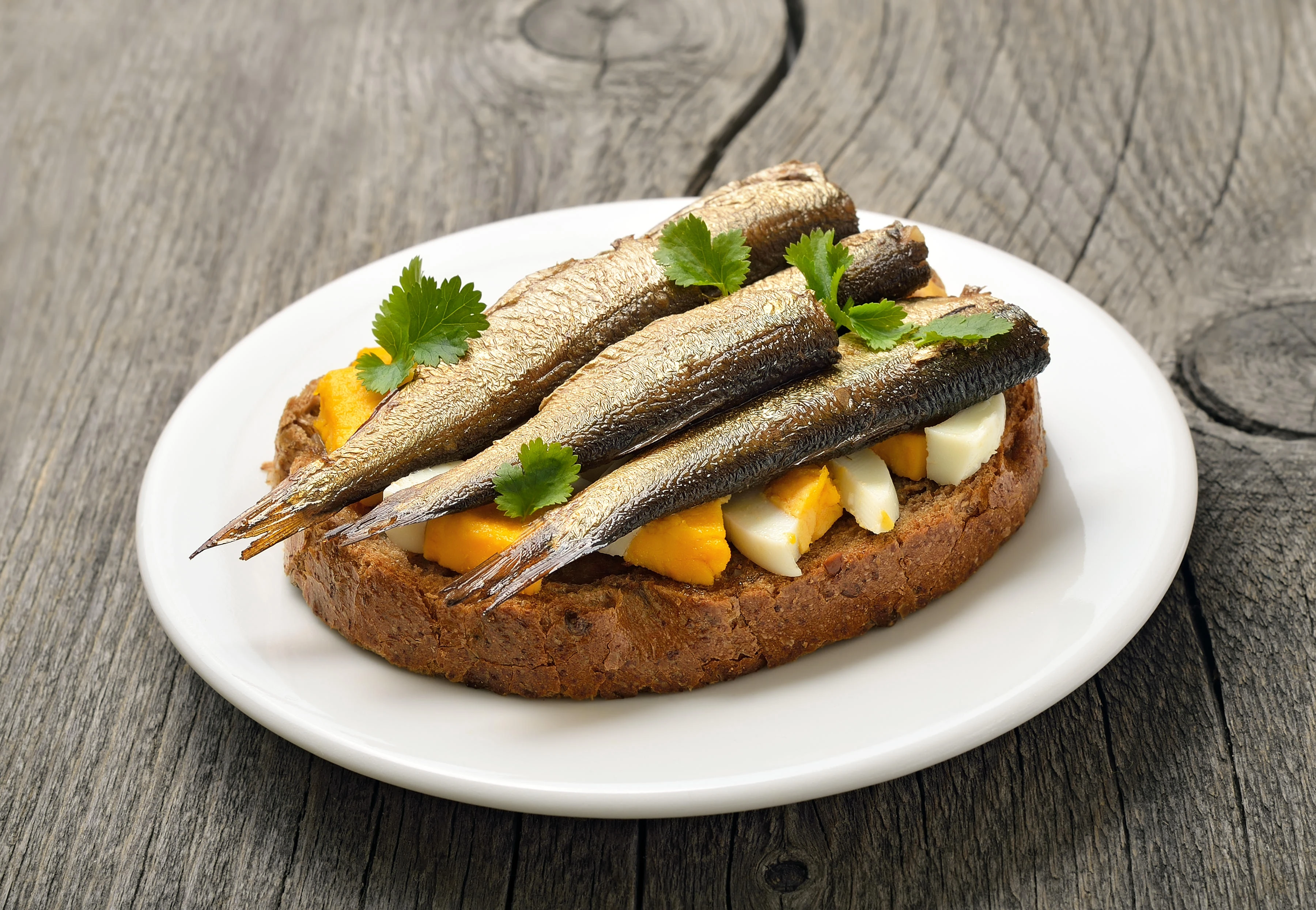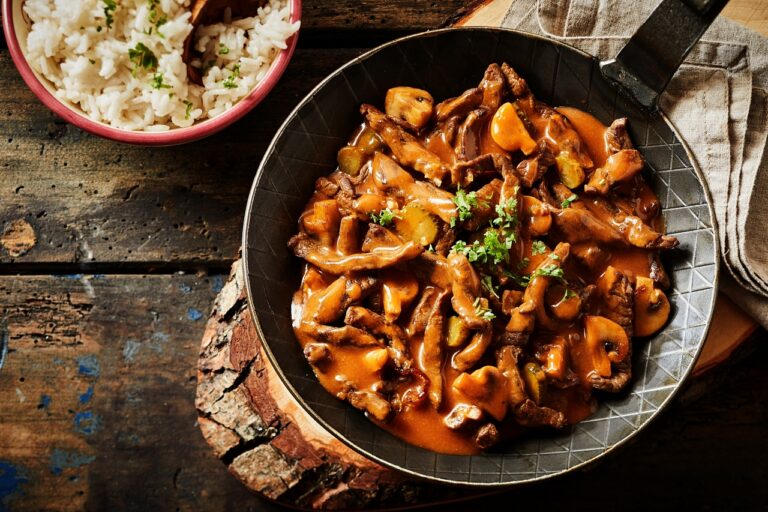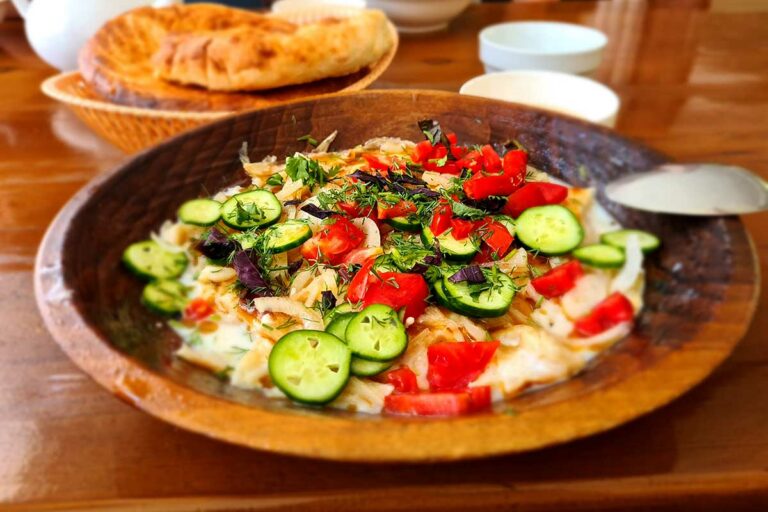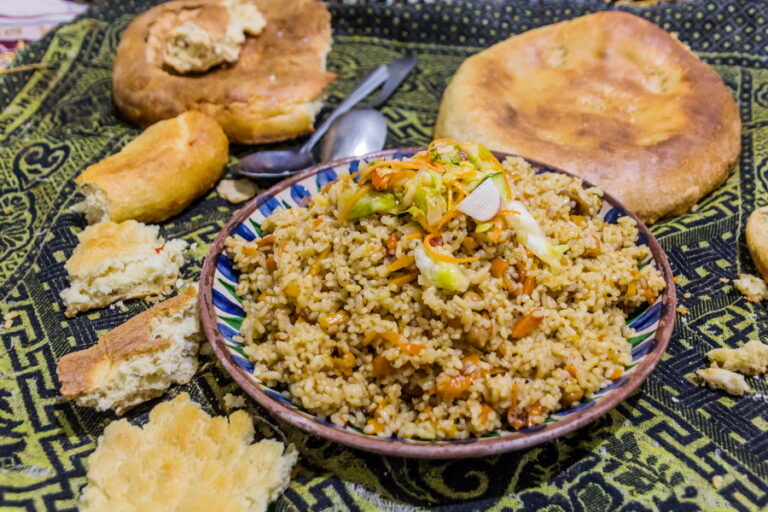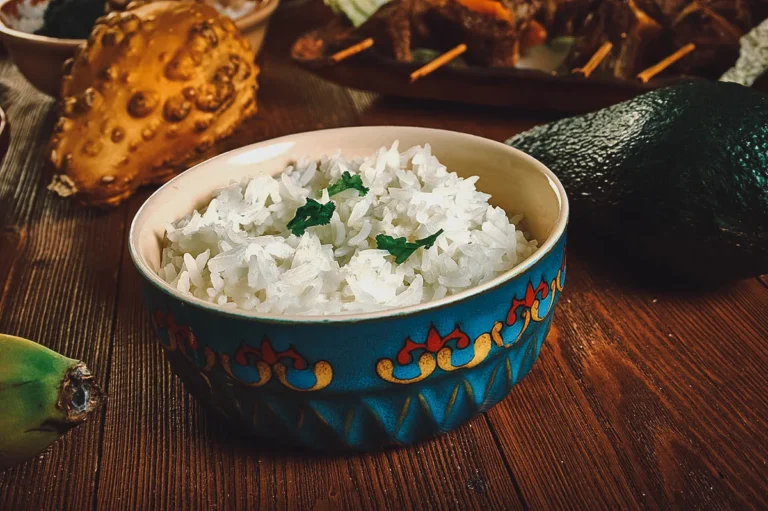Introduction to Surinamese cuisine
Suriname is a small country located on the northeastern coast of South America. The country’s cuisine is a unique blend of African, European, and Asian influences, reflecting the diversity of its population. Surinamese cuisine is known for its bold flavors, hearty stews, and abundant use of spices and herbs.
A diverse blend of cultures
Suriname’s population is made up of people from various ethnic backgrounds, including African slaves, Dutch colonizers, and immigrants from India, China, and Indonesia. Each group has brought its own culinary traditions to the country, resulting in a rich and diverse cuisine. Surinamese dishes often combine ingredients and cooking techniques from different cultures, creating a unique fusion of flavors.
The foundation of Surinamese cuisine
Rice is the staple ingredient in Surinamese cuisine, and it is the foundation of many dishes. Surinamese rice is usually cooked with a combination of herbs and spices, including garlic, onions, and cumin. Rice is often served with a meat or vegetable dish, such as pom, a baked chicken and root vegetable casserole, and roti, a flatbread made with chickpea flour.
Rice: the heart of every Surinamese meal
Rice is the most important ingredient in Surinamese cooking. It is used as a base for many dishes and is often flavored with a range of herbs and spices. Surinamese rice is usually cooked with a combination of garlic, onions, and cumin, which gives it a rich, savory flavor. Rice is often served with meat or vegetable dishes, and it is also used to make a variety of snacks such as bara, fried dough balls filled with spiced potatoes or meat.
Cassava: the versatile staple
Cassava is another staple ingredient in Surinamese cuisine. It is a starchy root vegetable that can be boiled, steamed, fried, or baked. Cassava is used to make a variety of dishes, including cassava fries, cassava bread, and pom, a casserole made with shredded cassava, chicken, and spices. Cassava is also used to make alcoholic beverages such as cassiri, a traditional Surinamese drink made from fermented cassava.
Spices and herbs: the ultimate flavor boosters
Surinamese cooking is known for its abundant use of herbs and spices, which add depth and complexity to dishes. Some of the most commonly used herbs and spices in Surinamese cooking include garlic, onions, cumin, coriander, and chili peppers. Other herbs and spices, such as curry powder and garam masala, reflect the Indian influence on Surinamese cuisine. Surinamese dishes are often seasoned with a combination of herbs and spices, creating layers of flavor and aroma.

